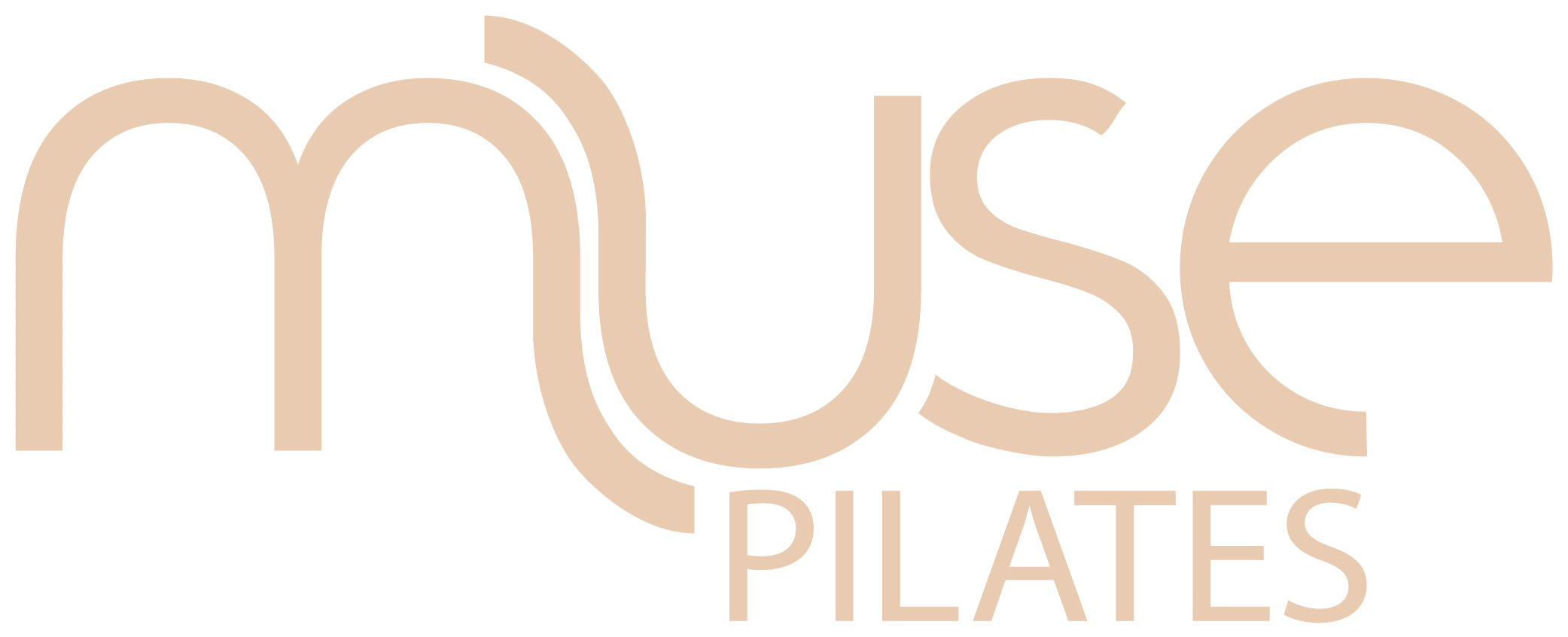Are persistent lower back issues making you hesitate before each move? If you’re thinking yeah that’s me, it might be time to consider the transformative power of Pilates, especially on a reformer! So, why is Pilates good for back pain? In this blog, we’ll delve into the therapeutic wonders of reformer Pilates for lower back pain, exploring how this exercise form, and particularly reformer Pilates, can provide relief through stretching, strengthening, and improving posture.
Understanding the Back-Pain Connection
Lower back pain is a prevalent issue, often stemming from a combination of factors such as poor posture, weak core muscles, and limited flexibility. Pilates, renowned for its focus on core strength and flexibility, emerges as a promising solution to address these root causes.
Reformer Pilates: A Game-Changer
The use of a reformer machine in Pilates takes the benefits a step further. The resistance provided by the reformer ensures that every movement is deliberate, targeting the core muscles, and creating a foundation for a stronger, more supportive spine.
How is Pilates good for back pain?
Stretching for Relief
One of the key components of Pilates for lower back pain is its emphasis on stretching. The controlled and precise movements in Pilates help elongate the spine, releasing tension in the lower back muscles. The reformer adds an extra dimension to this, allowing for a broader range of motion and deeper stretches.
Strengthening the Core Muscles
Weak core muscles contribute significantly to lower back pain. Pilates, especially on the reformer, engages multiple muscle groups simultaneously. From planks and reverse crunches to leg circles and hundreds, Pilates offers a wide range of core-specific movements. This holistic approach not only strengthens the core but also helps stabilise the spine, reducing the risk of future pain.
Posture Perfection
Poor posture can exacerbate lower back issues. Pilates, with its focus on body awareness and alignment, aids in correcting posture imbalances. The reformer’s unique design supports proper spinal alignment during exercises, fostering good posture habits that extend beyond the studio.
Spinal Decompression
Many Pilates exercises involve lengthening the spine and decompressing the vertebrae. Movements such as spinal extension, flexion, and rotation help to improve the range of motion in the lumbar spine and relieve pressure on the intervertebral discs. This can be particularly beneficial for individuals with conditions like herniated discs or spinal stenosis.
Low-Impact Exercise
Pilates is a low-impact exercise method, which means it is gentle on the joints and suitable for individuals of all fitness levels. This makes it an excellent option for those with lumbar spine issues who may need to avoid high-impact activities that put excessive strain on the lower back.
Increased Body Awareness
Pilates emphasises body awareness and mindful movement. Through Pilates exercises, individuals learn to engage the correct muscles and maintain proper alignment during various movements. This heightened body awareness helps individuals to recognise and correct poor movement patterns that may contribute to lumbar spine issues.
Improved muscle strength and reduced tightness
Tight hamstring muscles, weak glutes and underdeveloped stabilising muscles can all lead to back pain. With the help of your trained Pilates instructor you can work on both increasing strength and reducing tightness to increase your range of motion and prevent future flare ups of tightness or pain in your back.
Pilates exercises for back pain
The use of Pilates for back pain and other musculoskeletal complaints is common, but should always be undertaken only with careful professional supervision. Always consult with a professional on the right Pilates exercise program for your needs. Here are some simple Pilates exercises that can help alleviate back pain or discomfort.
Pelvic Tilt
Lie on your back with knees bent and feet flat on the floor. Inhale and gently tilt your pelvis upward, pressing your lower back into the mat. Exhale and return to the starting position. This exercise helps to strengthen the muscles of your lower back.
Cat-Camel Stretch
Start on all fours with your hands directly under your shoulders and knees under your hips. Inhale as you arch your back and lift your chest toward the ceiling (cat pose). Exhale as you round your back, tucking your chin to your chest (camel pose). Repeat this movement to increase flexibility and relieve tension in the spine.
Spine Twist
Sit tall with your legs extended in front of you. Cross one leg over the other, placing your foot next to the opposite knee. Inhale and twist your torso towards the bent knee, placing your opposite hand on the mat behind you for support. Exhale and twist back to the centre. This exercise helps to improve spinal mobility and release tension in the back.
Swimming
Lie on your stomach with your arms extended in front of you and legs straight. Lift your opposite arm and leg off the mat simultaneously, keeping your torso stable. Alternate sides in a swimming motion. This exercise strengthens the muscles of the back and promotes stability.
Bridge
Lie on your back with knees bent and feet flat on the floor. Inhale and lift your hips off the mat, pressing your feet into the floor. Exhale and lower your hips back down. This exercise targets the glutes, hamstrings, and lower back.
Pilates For Sciatica Relief
For those grappling with sciatica pain, Pilates on the reformer can be particularly beneficial. The controlled movements and targeted stretches can alleviate pressure on the sciatic nerve, providing relief from the radiating pain associated with sciatica.
Alleviate Your Pain
Incorporating Pilates, especially on the reformer, into your fitness routine can be a game-changer when it comes to addressing and preventing lower back pain. The combination of stretching, strengthening and posture improvement involved creates an all-inclusive approach that not only alleviates existing discomfort but also fortifies your body against future issues. It’s time to embrace the benefits of Pilates for lower back pain for yourself.
Ready to say goodbye to discomfort and pain? Join the Muse Pilates movement and try reformer Pilates for $49!
*DISCLAIMER – The information provided in this blog is not medical advice. If you are experiencing lower back pain, please consult your GP.

